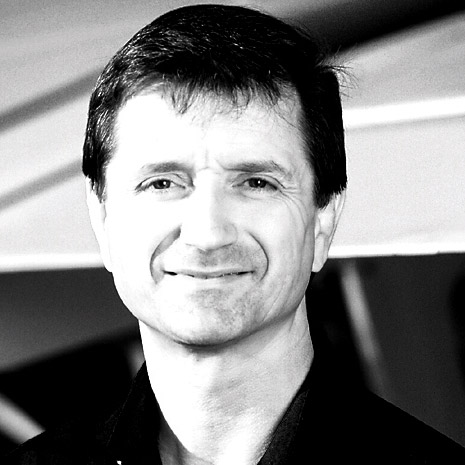 If you know what to look for, there’s something deeply satisfying about watching a runway’s geometry grow proportionally in your windscreen. I’m speaking of the picture you see on a stabilized approach whose trajectory takes you to a nice safe spot located somewhere in the center of the first third of the runway. The runway’s expanding trapezoidal shape provides the assurance that your glidepath is steady and true, but only if that shape doesn’t change over time. So let’s see how your approach shapes up.
If you know what to look for, there’s something deeply satisfying about watching a runway’s geometry grow proportionally in your windscreen. I’m speaking of the picture you see on a stabilized approach whose trajectory takes you to a nice safe spot located somewhere in the center of the first third of the runway. The runway’s expanding trapezoidal shape provides the assurance that your glidepath is steady and true, but only if that shape doesn’t change over time. So let’s see how your approach shapes up.
On a stabilized approach, your airplane’s attitude, airspeed, and descent rate are constant. The optical for your flying skill reveals itself in your windscreen as a distant spot on the runway that appears not to move. We call this the stationary spot for obvious reasons. It’s where the airplane’s trajectory intersects the landing surface. Hopefully, this intersection occurs somewhere on the runway.
While heading toward this stationary spot on a normal glidepath (i.e., not too steep, not too shallow), the ends of the runway should appear to be separated by a reasonable distance (they shouldn’t appear to be too close together or too far apart). The runway’s trapezoidal shape as it appears in your windscreen should remain exactly the same all the way down, despite growing in size. On the other hand, if you’re on final approach and the runway’s trapezoidal shape changes because its ends are moving farther apart or closer together, then your glidepath is also changing. You can’t kid Euclid. Most likely your stationary spot has gone rogue and is no longer located in the first third of the runway (if it’s even still located on the runway). This is how your eyeballs provide you with something known as a “clue” about your airplane’s trajectory. So look for your clue on final, because if you land somewhere other than on the runway, pilots will claim that you didn’t have one.
The behavior of pilots who fail to pick up their clue on final typically falls into one of two categories.
Pilots who fail to descend quickly enough on final approach fall into the where’d it go? category. As they turn final, the runway trapezoid appears long and thin because its ends are separated by a large distance that gets larger over time. In many instances the runway threshold disappears under the cowling, prompting the pilot to ask, “Where’d it go?”
Some pilots attempt to salvage this approach by turning their elevator into a threshold divining rod—one that’s specifically tuned to locate the beginning of any runway. They move the elevator forward as if dowsing for the threshold far below, and commence flying a steep and fast approach. Given the large amount of energy that would have to be dissipated prior to landing, these approaches are difficult to salvage. They do, however, produce a lot to salvage unless the pilot wises up and goes around.
On the other hand, pilots who descend too quickly on final approach fall into the what happened to it? category. As they turn final approach, the runway trapezoid appears short and squatty because its ends are separated by a short distance that becomes even shorter over time. The normal-looking runway trapezoid they expect to see on final now looks like a helipad, appearing nearly as tall as it is wide, thus prompting them to point and ask, “What happened to it?”
Most likely, the stationary spot that was once located on the runway went mobile and has now relocated itself to a place short of the runway threshold. A pilot can salvage this approach by activating the airplane’s salvage lever—otherwise known as the throttle. The elevator should not be your only line of defense after mumbling the words, “Is that it?” So throttle up and simultaneously readjust your flight path with the elevator. This is how you achieve a normal glidepath to the runway and salvage the approach.
Those of us who aren’t named Euclid can get an extra clue or two about our glidepath by observing the runway’s geometric shape on approach. Perhaps an older military pilot who flew before VASIs were common expressed this idea best in a recent blog post:
“One of the key things I used to impress on my students was the need to monitor two things continuously during a landing, runway aspect and speed. This ensured that they only concentrated on the absolute minimum number of things that mattered during the approach and landing.”
Web: www.rodmachado.com



